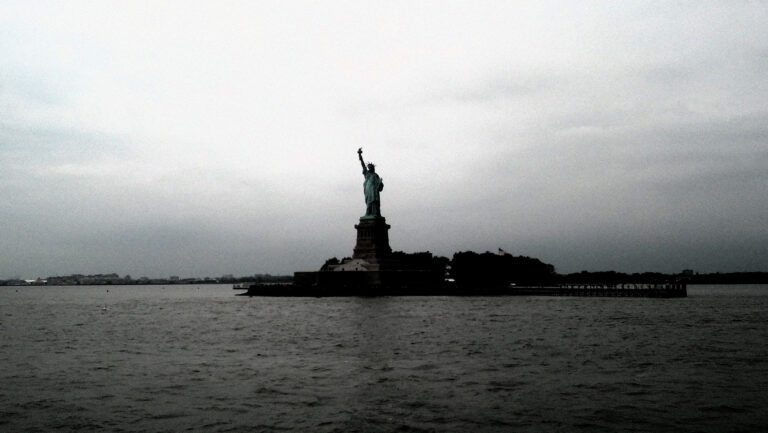
The Walking Dead: Daryl Dixon follows the beloved crossbow-wielding survivor as he washes ashore in a post-apocalyptic France. Along his journey, the show features a range of striking real-world locations that span centuries of French history and architecture. And I do love to see all does places torn apart in a post-apocalyptic word. Here’s a look at some of the most interesting actual places featured in the series:
Pont du Gard
Location: Vers-Pont-du-Gard, Occitanie
This ancient Roman aqueduct bridge dates back to the 1st century AD. Spanning the Gardon River, it was built to carry water to the Roman colony of Nemausus (modern-day Nîmes). At nearly 50 metres high, it’s the highest of all Roman aqueduct bridges and a UNESCO World Heritage Site.

Montmajour Abbey
Location: Near Arles, Provence
Montmajour Abbey is a former Benedictine monastery founded in 948. The site includes a medieval chapel, crypt, tower, and cloister. Its dramatic stone structures and elevated position make it a popular filming location. The abbey offers panoramic views of the surrounding countryside.
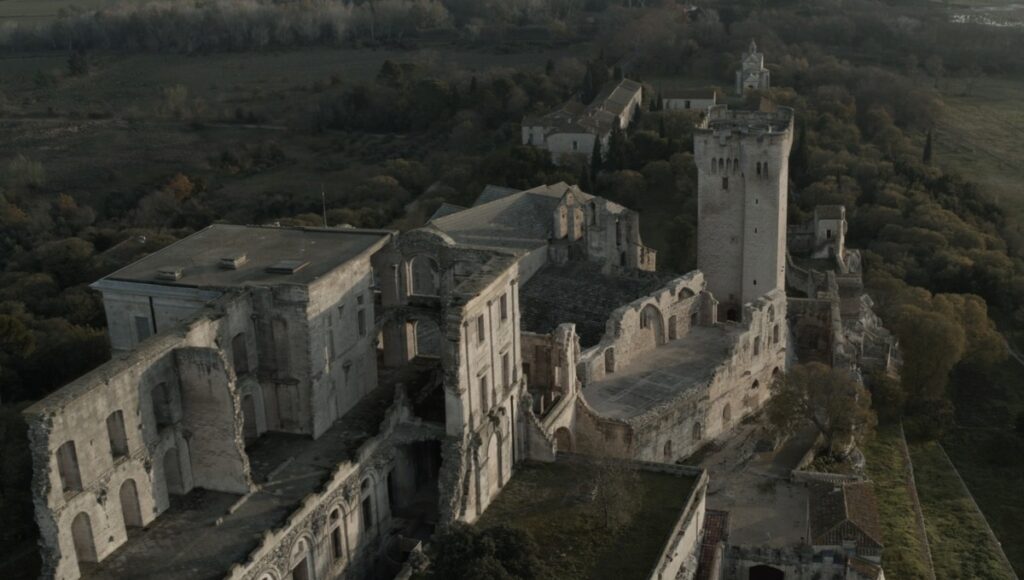
The Grave of Jim Morrison
Location: Cimetiére du Père Lachaise, Paris
While walking through Cimetiére du Père Lachaise in Paris, Daryl Dixon with company walks by the tomb stone to Jim Morrison from The Doors. He points out the grave to Sylvie and the kid – who have no clue who Jim Morrison is. He explains that he was an American rock star from the band The Doors.
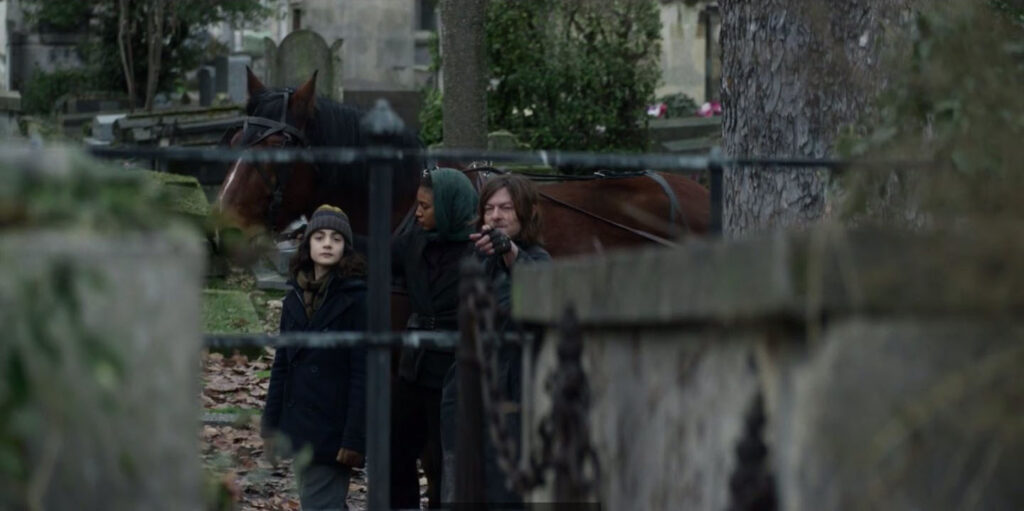
The Catacombs of Paris
Location: Paris
A vast underground ossuary located beneath the streets of Paris. The Catacombs contain the remains of over six million people, transferred here in the 18th century to reduce overcrowding in city cemeteries. They stretch for kilometres, though only a small portion is open to the public. A good hiding place from the walkers.
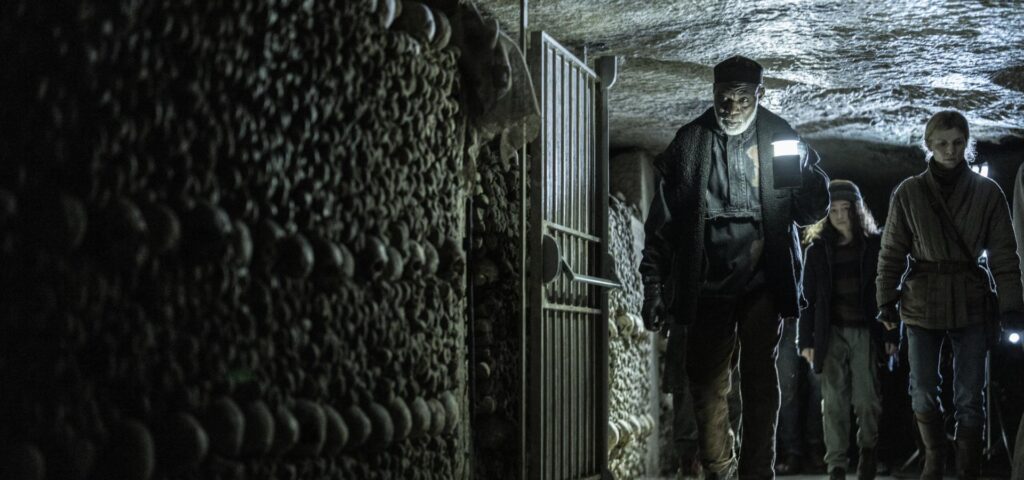
Mont Saint-Michel
Location: Normandy
This tidal island is one of France’s most recognisable landmarks. At the top sits a medieval abbey, once a major pilgrimage site. When the tide comes in, Mont Saint-Michel becomes completely surrounded by water, accessible only by a causeway. It has inspired everything from fantasy films to religious tourism. It was actually the inspiration for the design of Minas Tirith in Return of the King. Also the perfect place to hide from walkers.
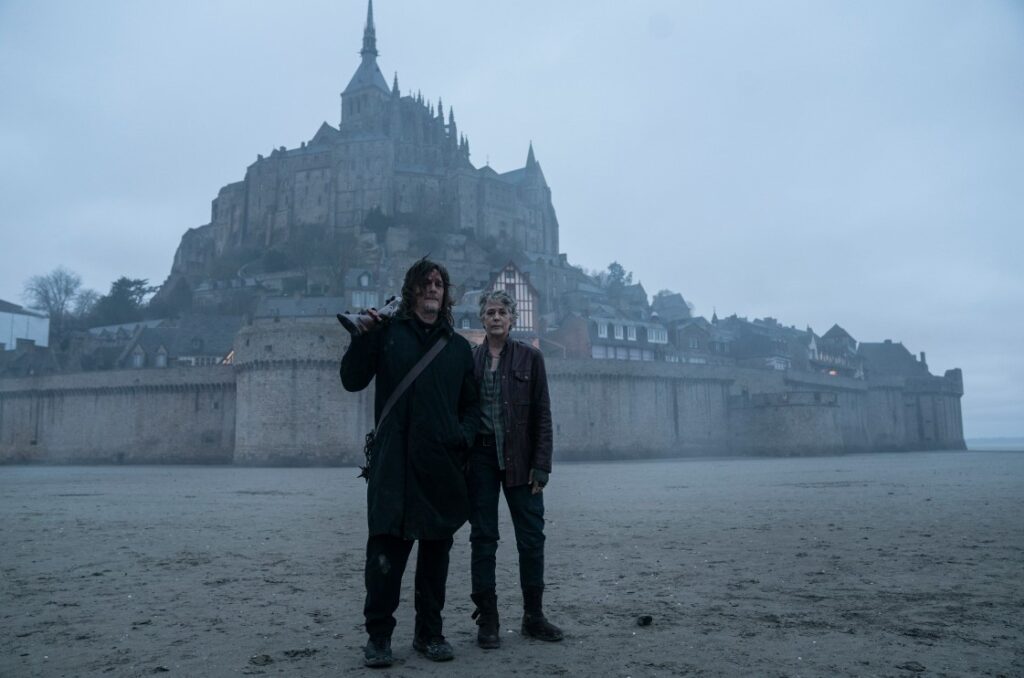
Eiffel Tower
Location: Paris
Completed in 1889 as the entrance arch to the World’s Fair, the Eiffel Tower stands 330 metres tall and remains the most visited paid monument in the world. It’s an enduring symbol of France and features prominently in the Paris skyline, instantly recognisable even in a ruined fictional world.

Panthéon
Location: Latin Quarter, Paris
Originally built as a church in the 18th century, the Panthéon now functions as a secular mausoleum. It houses the remains of notable French figures such as Voltaire, Rousseau, Victor Hugo, and Marie Curie. Architecturally, it’s known for its neoclassical dome and colonnaded façade.

The Louvre Museum
Location: Paris
Once a royal palace, The Louvre is now the world’s largest art museum. It houses thousands of works, including the Mona Lisa, Venus de Milo, and Liberty Leading the People. Its glass pyramid entrance, designed by architect I. M. Pei, has become an iconic part of the Paris landscape.
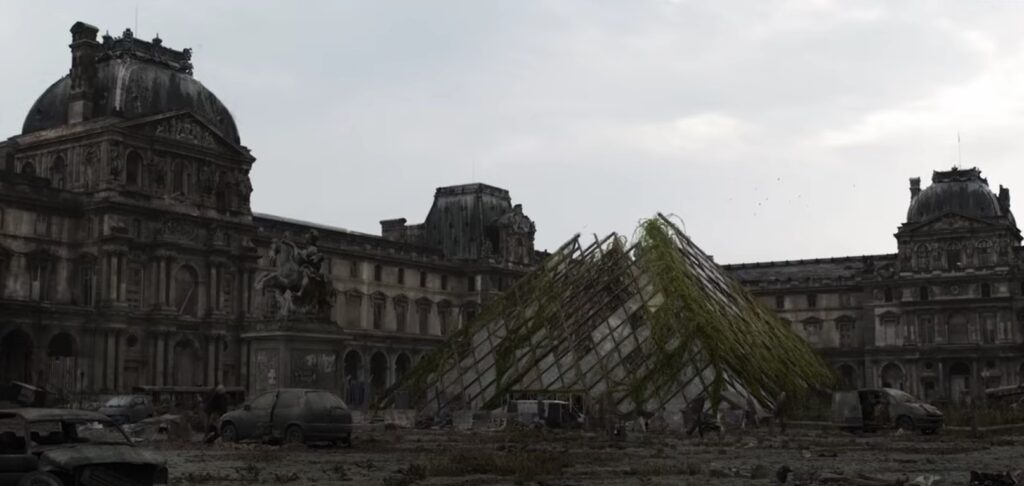
Fort de Cormeilles-en-Parisis
Location: Île-de-France
This 19th-century fort is part of the defensive ring built around Paris after the Franco-Prussian War. Constructed between 1874 and 1877, it features underground galleries, barracks, and gun emplacements. Though long decommissioned, it remains one of the best-preserved forts of its kind in the region.
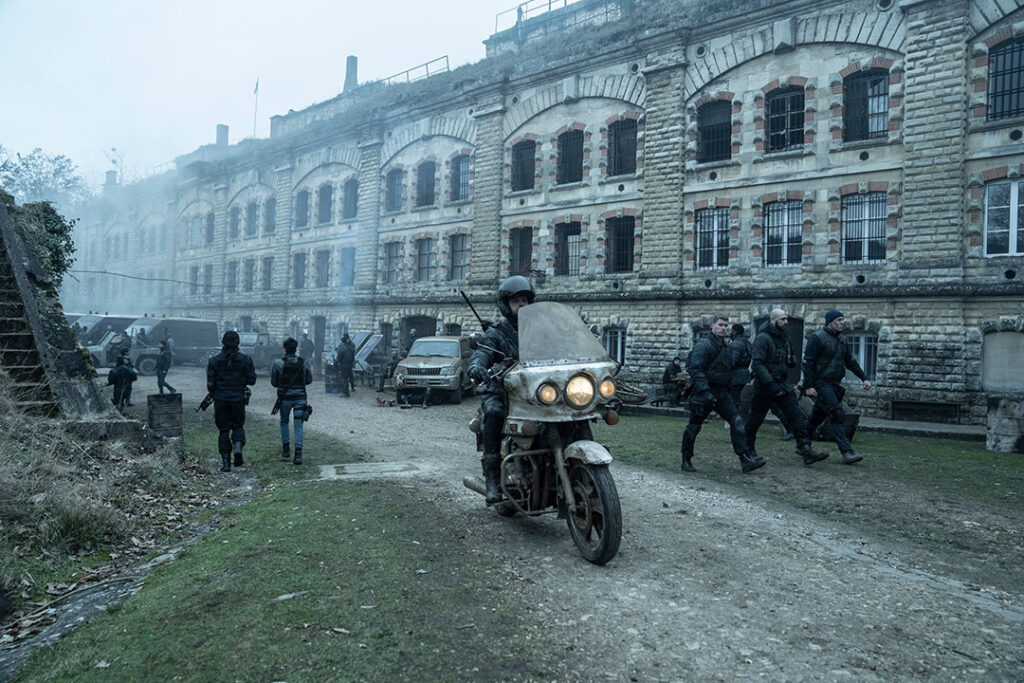
Omaha Beach
Location: Normandy
One of the five D-Day landing beaches used by Allied forces during the invasion of Nazi-occupied France in World War II. Omaha Beach saw some of the heaviest fighting on 6 June 1944. Today, it’s both a peaceful stretch of coastline and a site of memorials and cemeteries honouring those who fell.
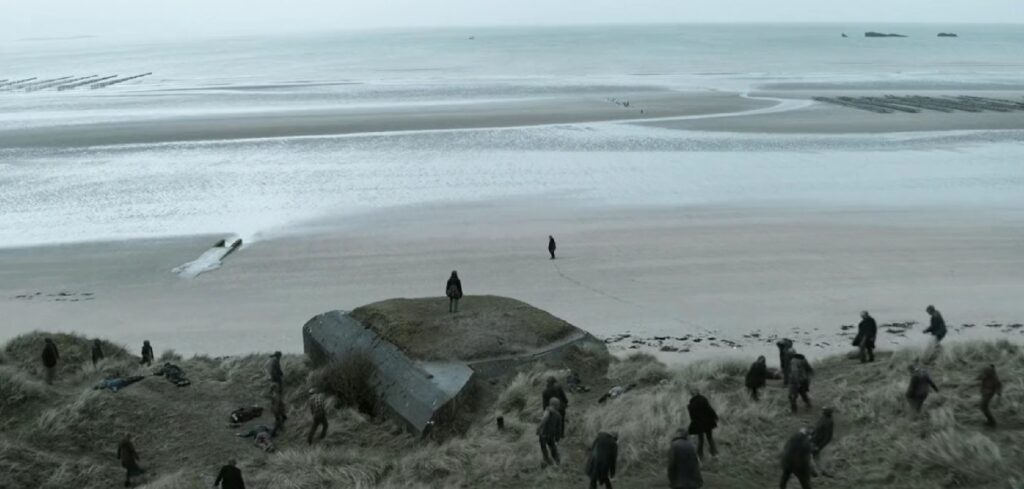
The Chunnel (Channel Tunnel)
Location: Connecting Folkestone (UK) to Coquelles (France)
The Channel Tunnel is a 50.5-kilometre rail tunnel beneath the English Channel. Opened in 1994, it links the UK and France via high-speed rail. Often referred to as the “Chunnel,” it includes three parallel tunnels and is one of the longest underwater tunnels in the world.






